Historical site deterioration in İznik stalls UNESCO World Heritage bid
ICOMOS experts found deficiencies in the preservation and restoration errors in the historical artifacts of western Turkey’s İznik, stalling the district’s UNESCO World Heritage bid submitted in 2022.
Pelin Akdemir / Gazete Duvar
International Council on Monuments and Sites (ICOMOS) experts who visited İznik, a district in Turkey’s western Bursa province, expressed negative opinions about its inclusion into the UNESCO World Heritage permanent list, citing the deterioration of historical textures.
Campaign for İznik's World Heritage status began in 2016 and the ministry officially submitted the bid in 2022. The district is considered an "open-air museum" with its millennia-old historical artifacts. However, ICOMOS experts identified significant deficiencies in the preservation of İznik’s historical artifacts and restoration errors, particularly noting the compromised integrity of structures like the Hagia Sophia Orhan Mosque.
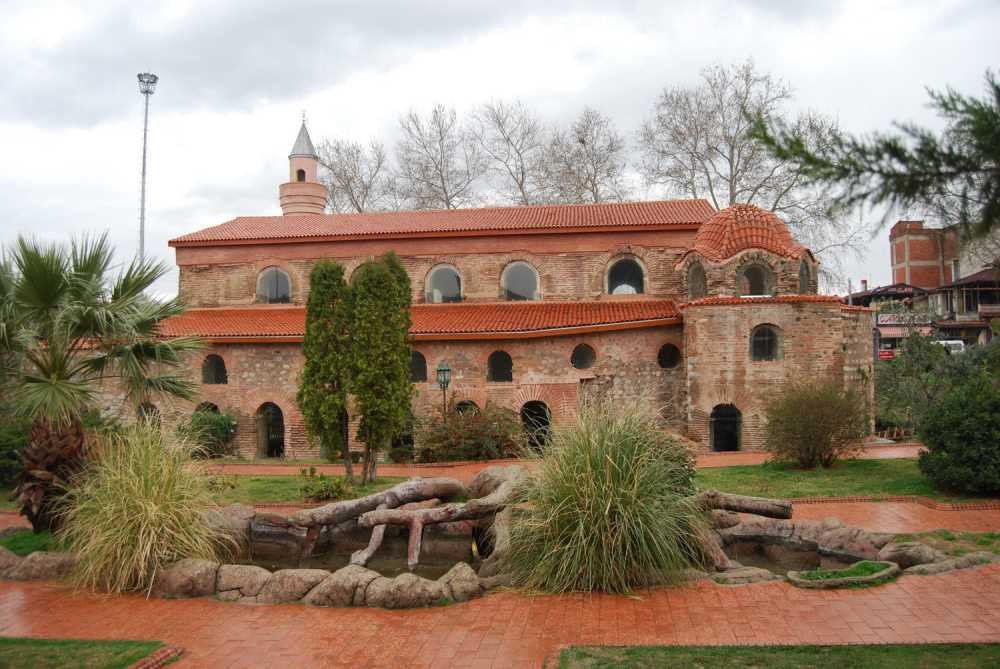
Expert Gabriela Semova Koleva, appointed by the ICOMOS, arrived in İznik on April 16, 2024, to assess the preservation status of the sites. During the week-long program, Koleva attended presentations and conducted site visits for technical evaluations.
ICOMOS experts issued negative evaluations, criticizing the reuse of historical materials and restoration mistakes. Local news outlet Başka Gazete first reported their initial negative assessment regarding İznik’s World Heritage status on June 6. As the assessment is not final, no official public announcement has been made.
The evaluation noted that historical elements were repurposed and monuments were damaged and altered during İznik’s development, jeopardizing the integrity of many structures due to historical processes and modern developments.
An example provided was the Hagia Sophia Orhan Mosque, originally built on a gymnasium from the Roman period, converted into a mosque by Orhan Gazi in 1331, renovated by architect Mimar Sinan during Sultan Suleiman's reign, opened as a museum in the 1930s, and reconverted into a mosque in 2011.
Restoration work in the district is carried out by contractors appointed by the municipality with the Ministry of Culture and Tourism's approval.
According to the ICOMOS report, significant interventions and inappropriate restorations, particularly in Hagia Sophia, occurred due to a lack of a clear preservation vision and control mechanisms. The report stated that this negatively impacted the integrity of historical buildings. The city walls and monumental gates were also affected by modern developments.
Local archaeologist Gülay Sert shared her concerns about the deterioration of İznik’s historical fabric. “Possessing valuable cultural assets entails the responsibility to protect them. The ICOMOS report indicates that this responsibility has not been adequately fulfilled in İznik,” Sert said.
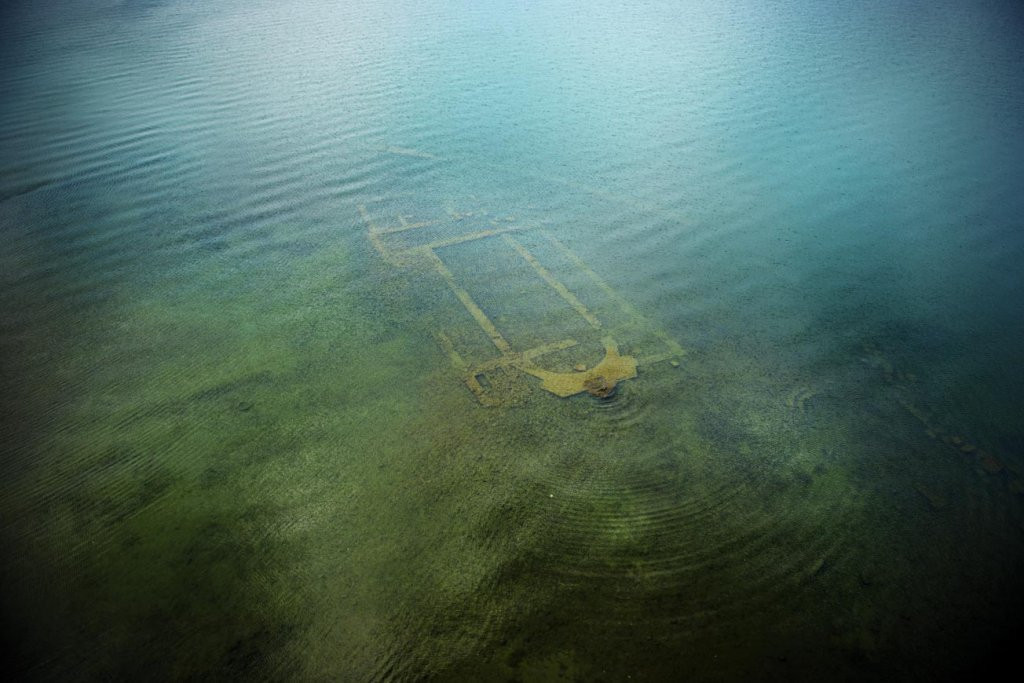
Sert, who has worked at UNESCO World Heritage sites like Çatalhöyük and Aphrodisias, criticized the delay in İznik’s inclusion on the list, saying the town’s unique history warrants immediate recognition.
She stated, “The neglect of İznik’s historical fabric has persisted for years. Islamic period structures have been almost entirely rebuilt rather than restored. The Hellenistic period is absent, and efforts for the Roman period are insufficient, as exemplified by Hagia Sophia.”
The archeologist likened the added minaret to an “ice cream cone stuck on a bell tower.” She continued, “Mimar Sinan would be turning in his grave. As noted in the report, the building has lost its character.”
Sert cited the restoration of the Murat the First Bath, believed to be built between the late 14th and early 16th centuries, as an example. “The Murat Hammam looks brand new, as if built today.”
Also, part of a colonnaded road from the second-century Roman period was uncovered during the work. The restoration team did a poor job of making the road noticeable to visitors and announcing the discovery to locals, according to Sert.
“There’s much to be said about İznik’s cultural assets,” Sert continued. “Even the museum's architecture is incongruent with İznik’s historical fabric. The building resembles a terminal and reminds me of a spider. Unfortunately, it seems that achieving World Heritage status will take time. I hope the identified deficiencies are promptly addressed so İznik can attain the honor it deserves.”
(English version by Ayşenaz Toptaş)

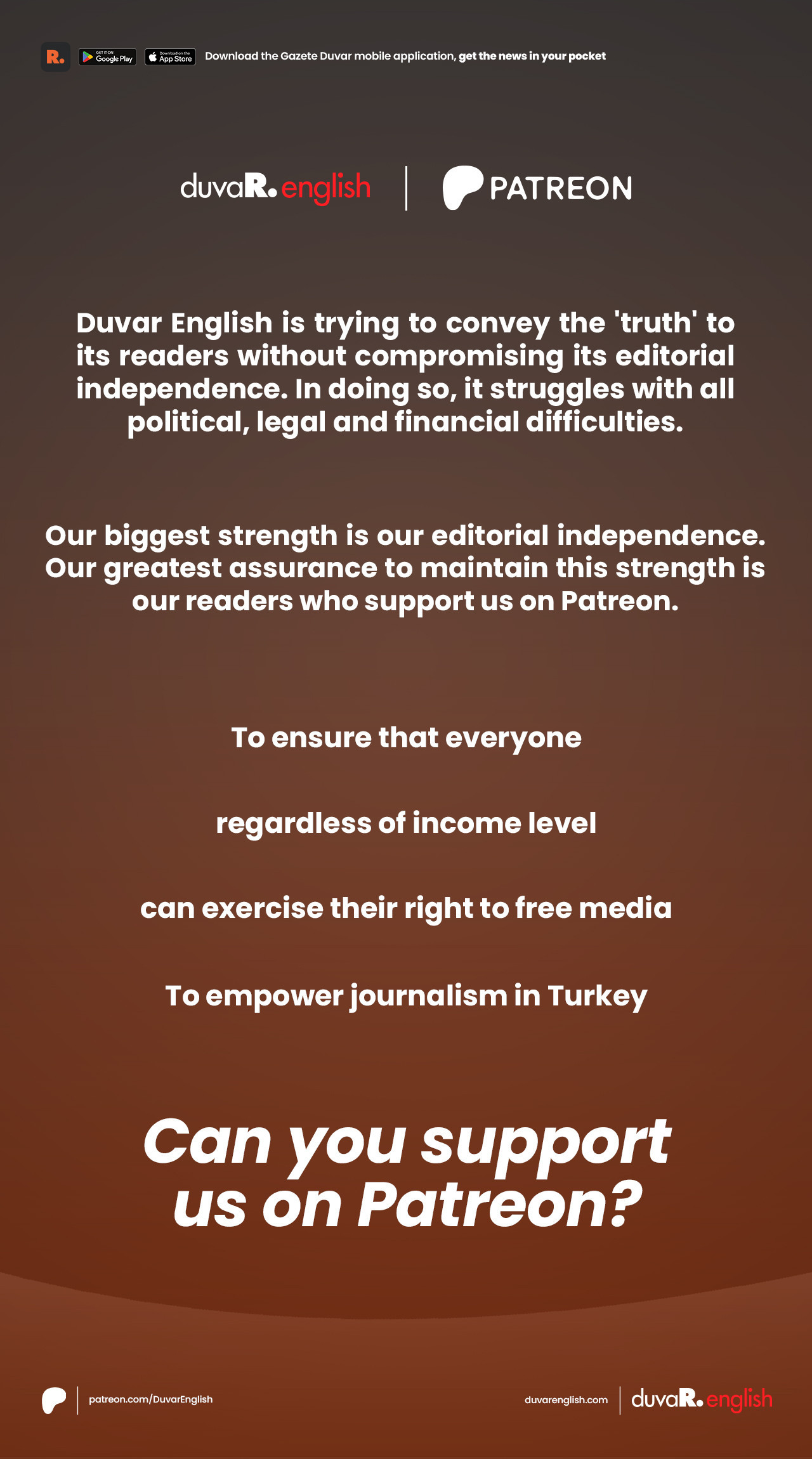
 Turkey rises to second place on UNESCO intangible cultural heritage listCulture
Turkey rises to second place on UNESCO intangible cultural heritage listCulture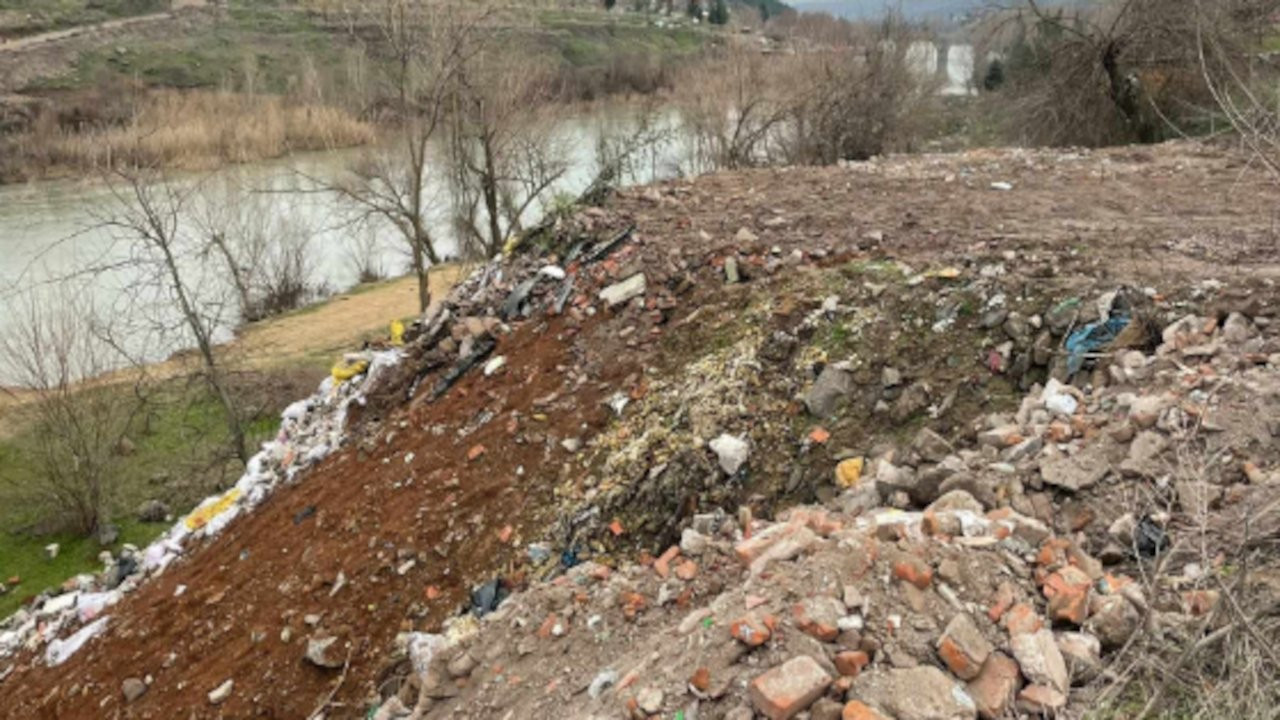 UNESCO heritage site in Turkey's Diyarbakır suffers from unmonitored debris dumpingDomestic
UNESCO heritage site in Turkey's Diyarbakır suffers from unmonitored debris dumpingDomestic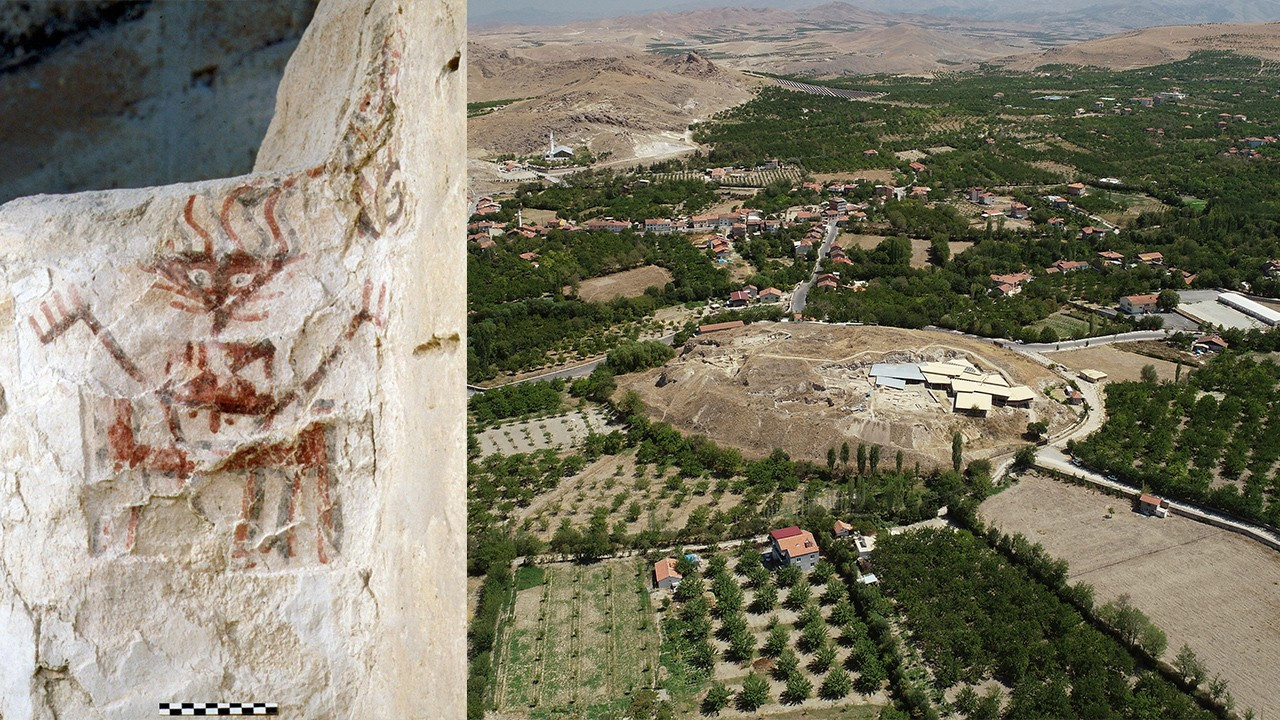 Arslantepe Mound in Turkey's Malatya added to UNESCO World Heritage ListCulture
Arslantepe Mound in Turkey's Malatya added to UNESCO World Heritage ListCulture